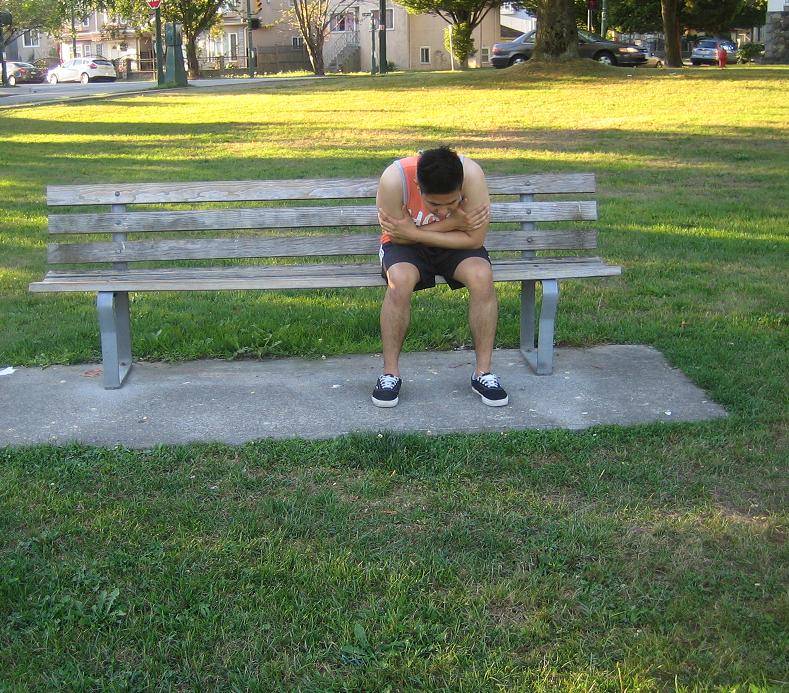Cervical foraminal stenosis involves narrowing or constriction of the entry point that the cervical spinal nerves pass through the spinal cord and leave the spinal column.
The narrowing is due to osteoarthritis which involves the formation of bone spurs in the neural foramen. These bony growths place pressure on the nerves that go through the neural foramen and can trigger significant symptoms. It is best to set an appointment with a doctor if the individual has symptoms of cervical foraminal stenosis.
Pain due to stenosis
The usual indication of cervical foraminal stenosis is pain in the neck, upper back or shoulders. Always bear in mind that the pain can occur occasionally during certain activities or it might be chronic.
The pain can range from dull and sharp to achy and burning. In severe cases, the pain can radiate into the hands and fingers. This can occur due to the sensory nerves that provide information back to the spinal cord is crushed as they enter the spinal column. Take note that this compression can cause the brain to perceive pain that appears to originate from the arms, shoulders or hands. The pain can be aggravated by bending the neck away from the side. The doctor will request for an X-ray of the spine and an MRI to check for cervical foraminal stenosis. Luckily, there are prescription medications that can help reduce this symptom.

Weakness
Cervical foraminal stenosis can also affect the neural signal coming from the spine via the spinal nerves and to the muscles in the upper arm. This results to weakness while raising the shoulder, extending the arm or wrist, bending the arm or wrist or shaking hands.
Always bear in mind that weakening is often an indication of a severe case. The doctor will carry out nerve conduction studies to thoroughly determine the degree of the condition. The individual should not hesitate to consult a doctor so that proper treatment can be started.
Sensation loss
There is also evident loss of sensation in the upper body. This can occur as numbness or a tingling sensation. This occurs since the sensory sign from the arms to the spinal cord can be affected by the stenosis.
The loss of sensation can make it hard for the individual to perform activities of daily living such as writing or typing shoe laces. It is vital to seek medical care if the individual feels tingling or numbness in the upper body.

